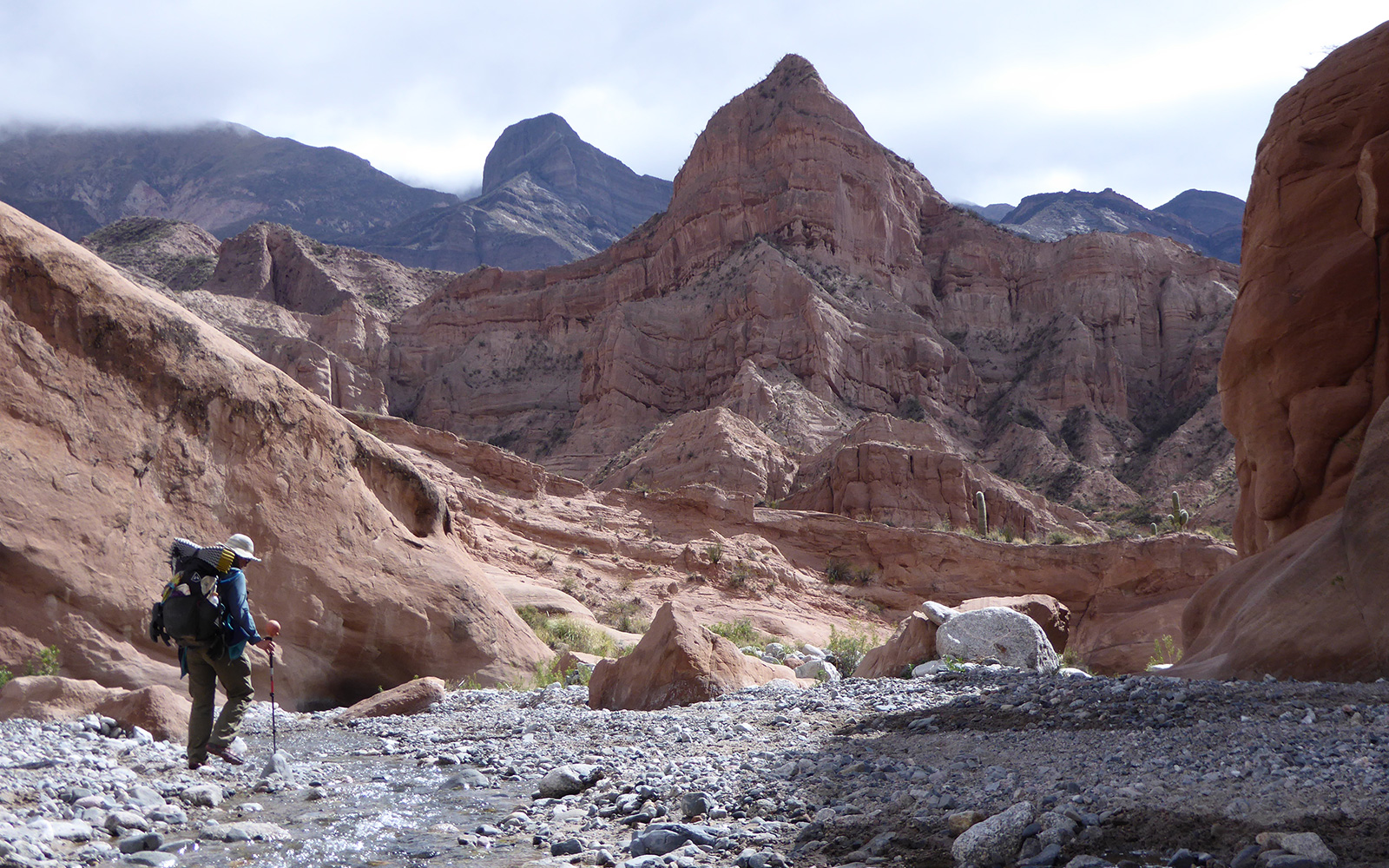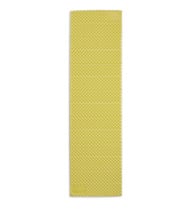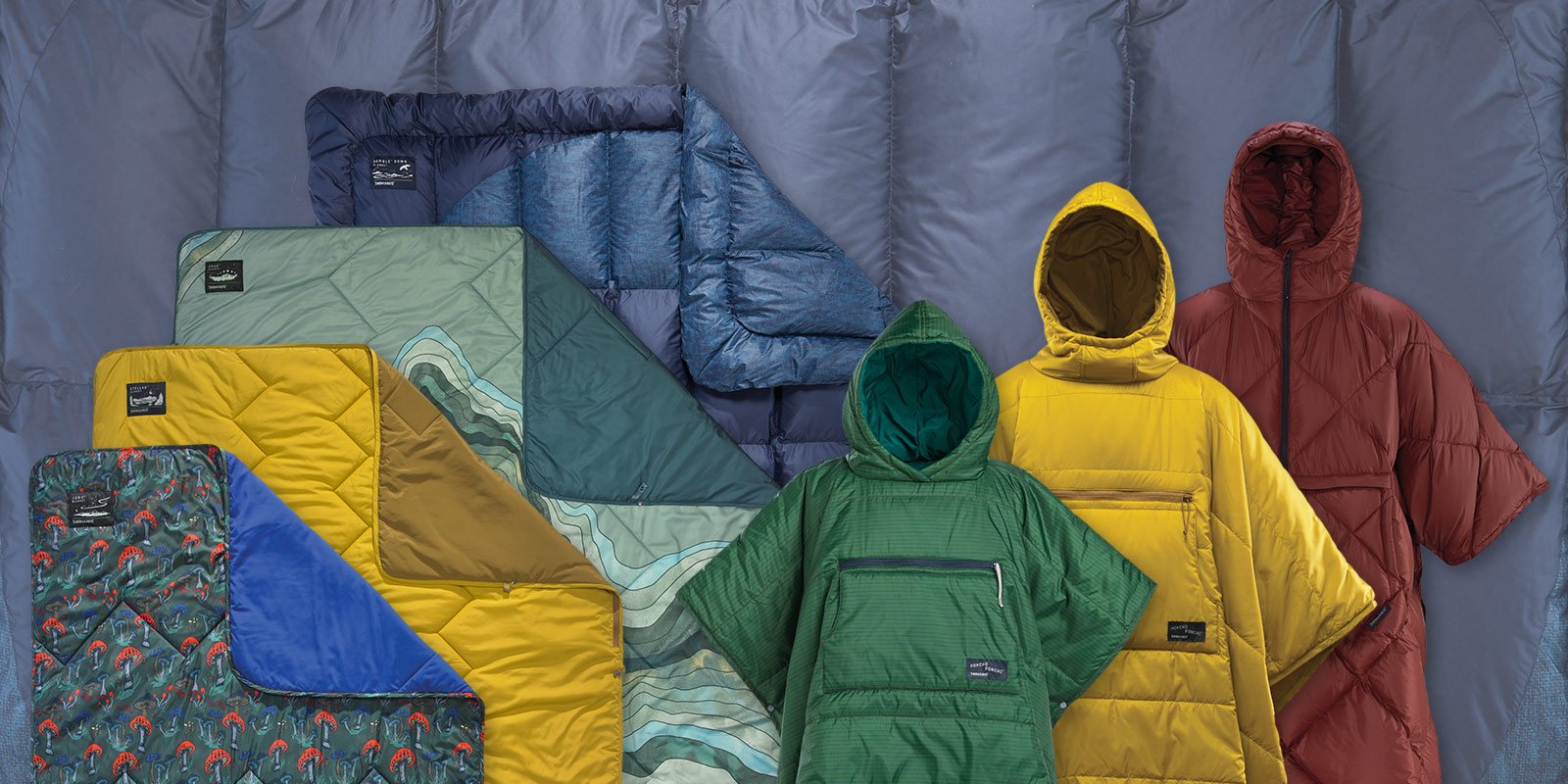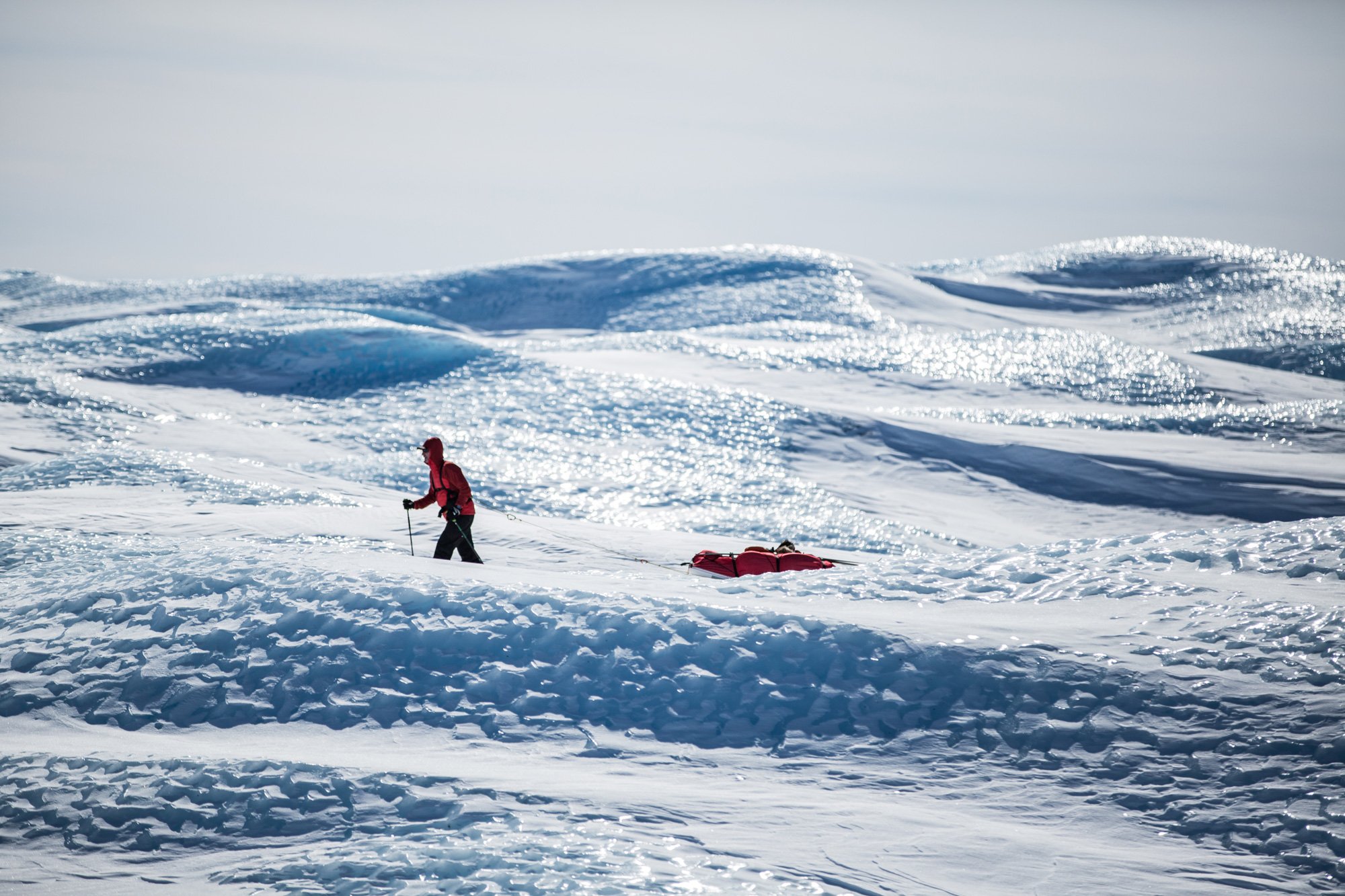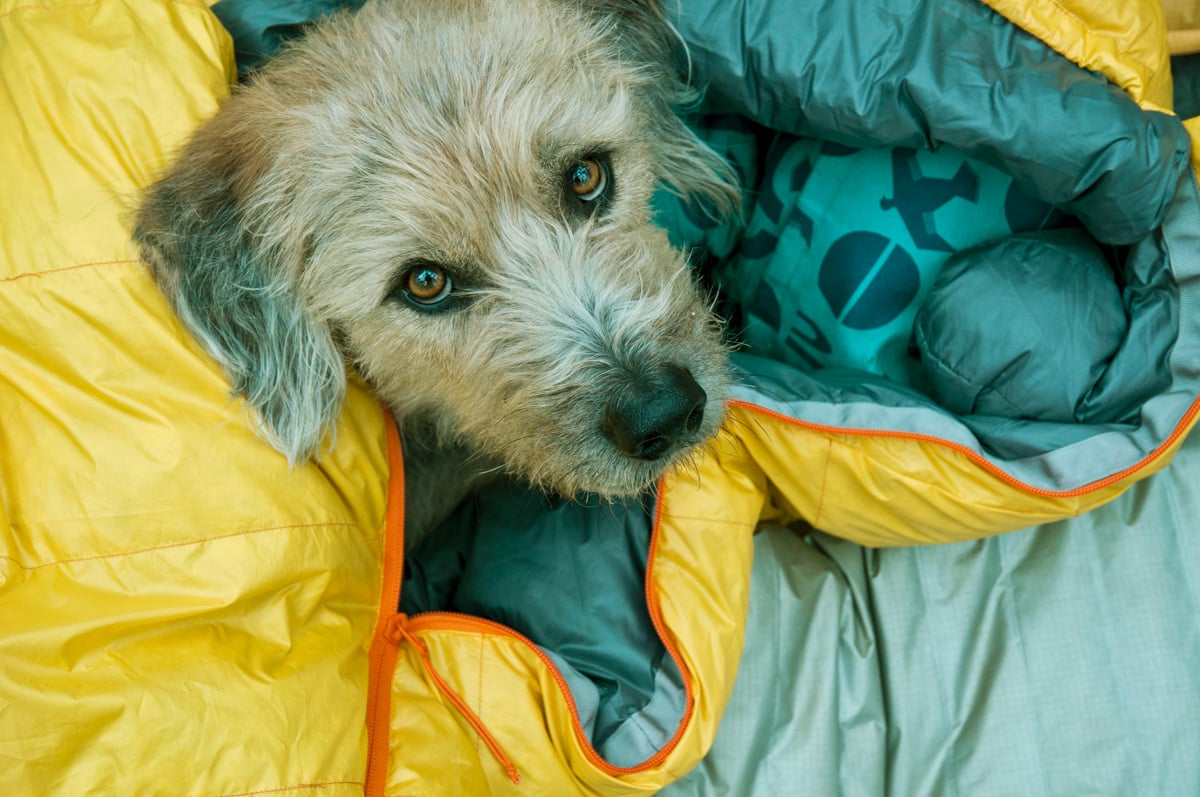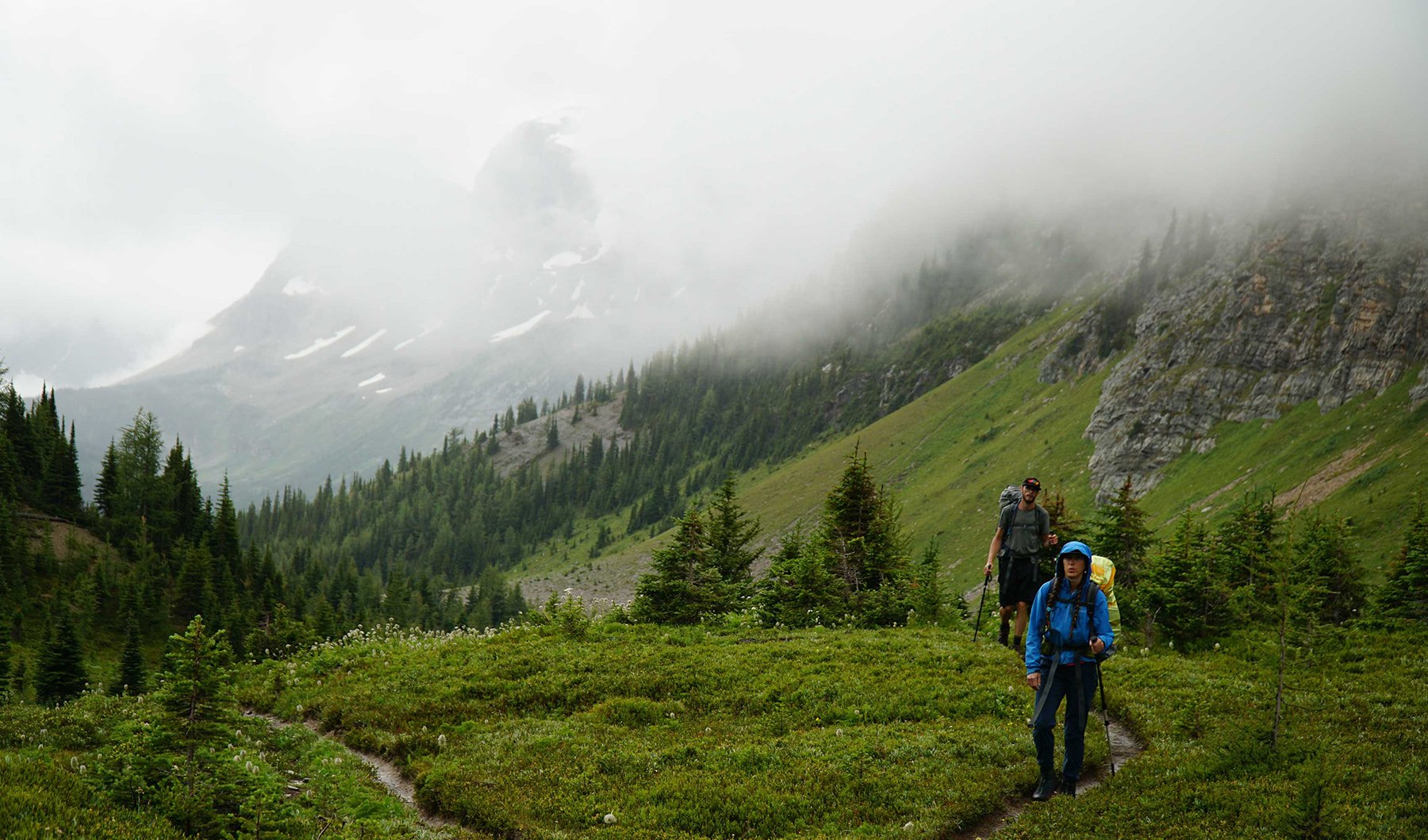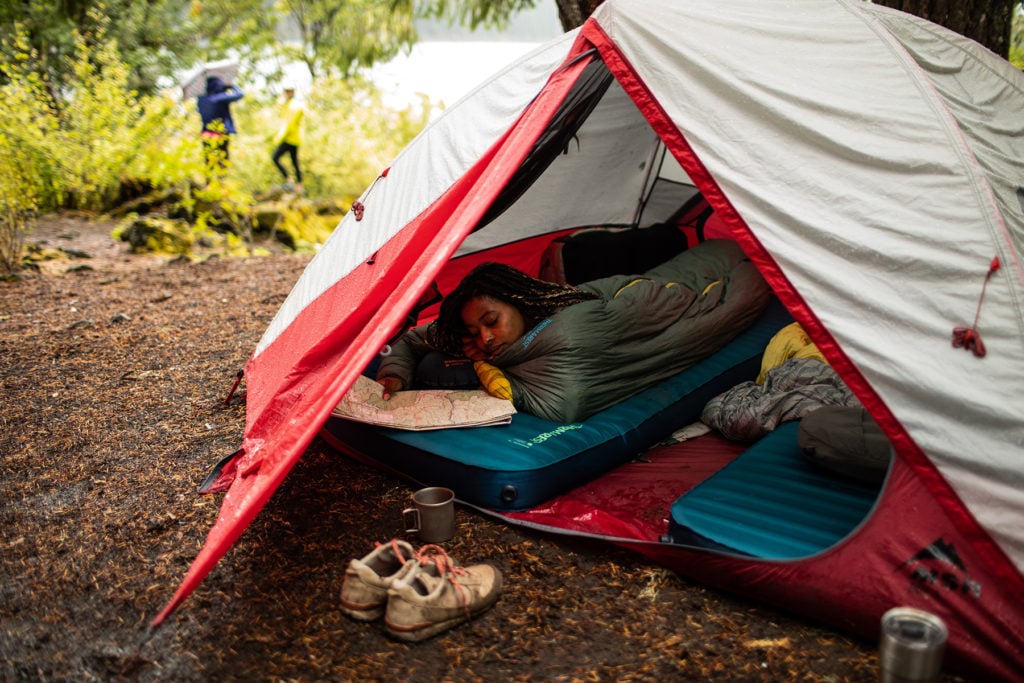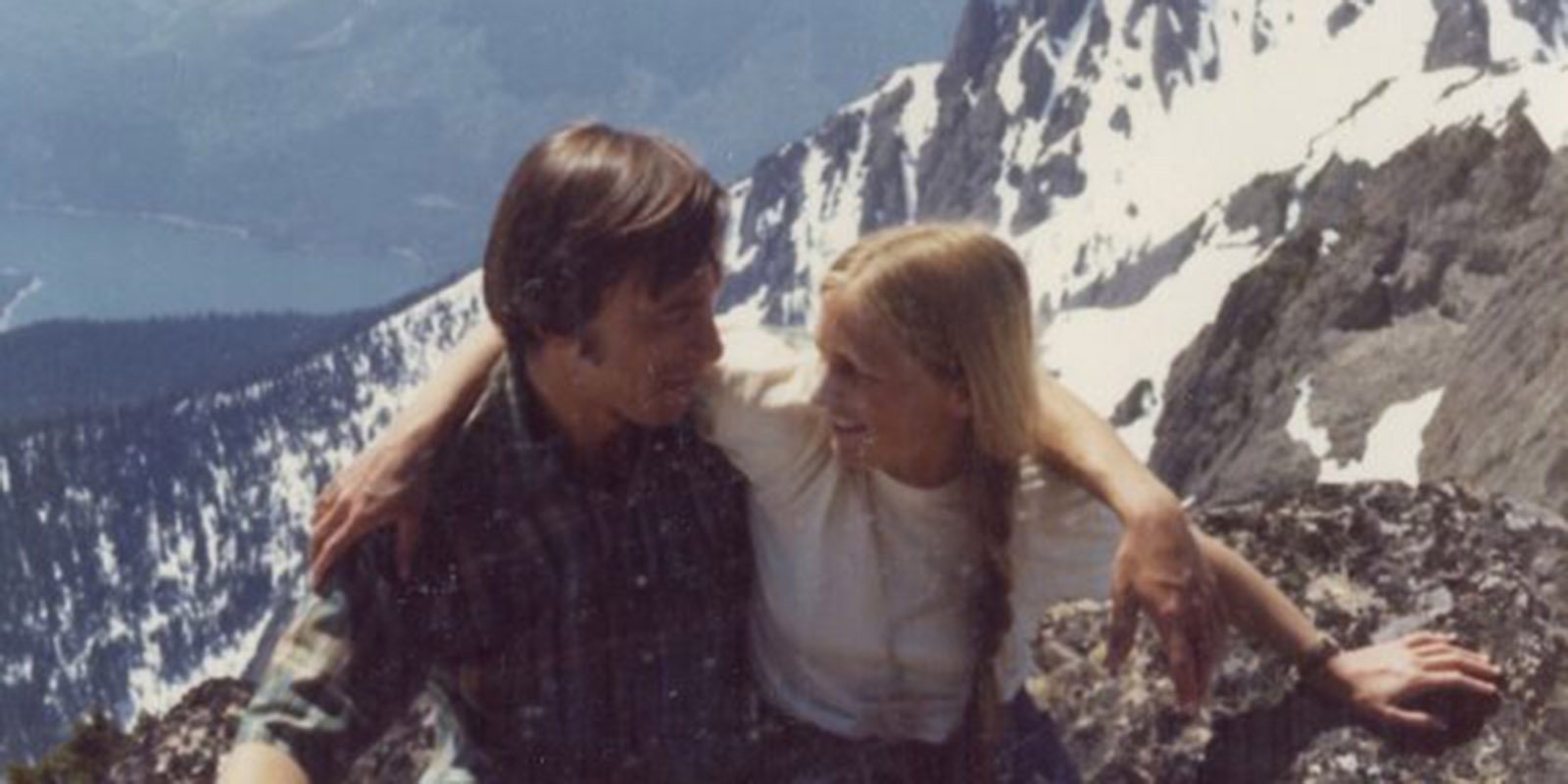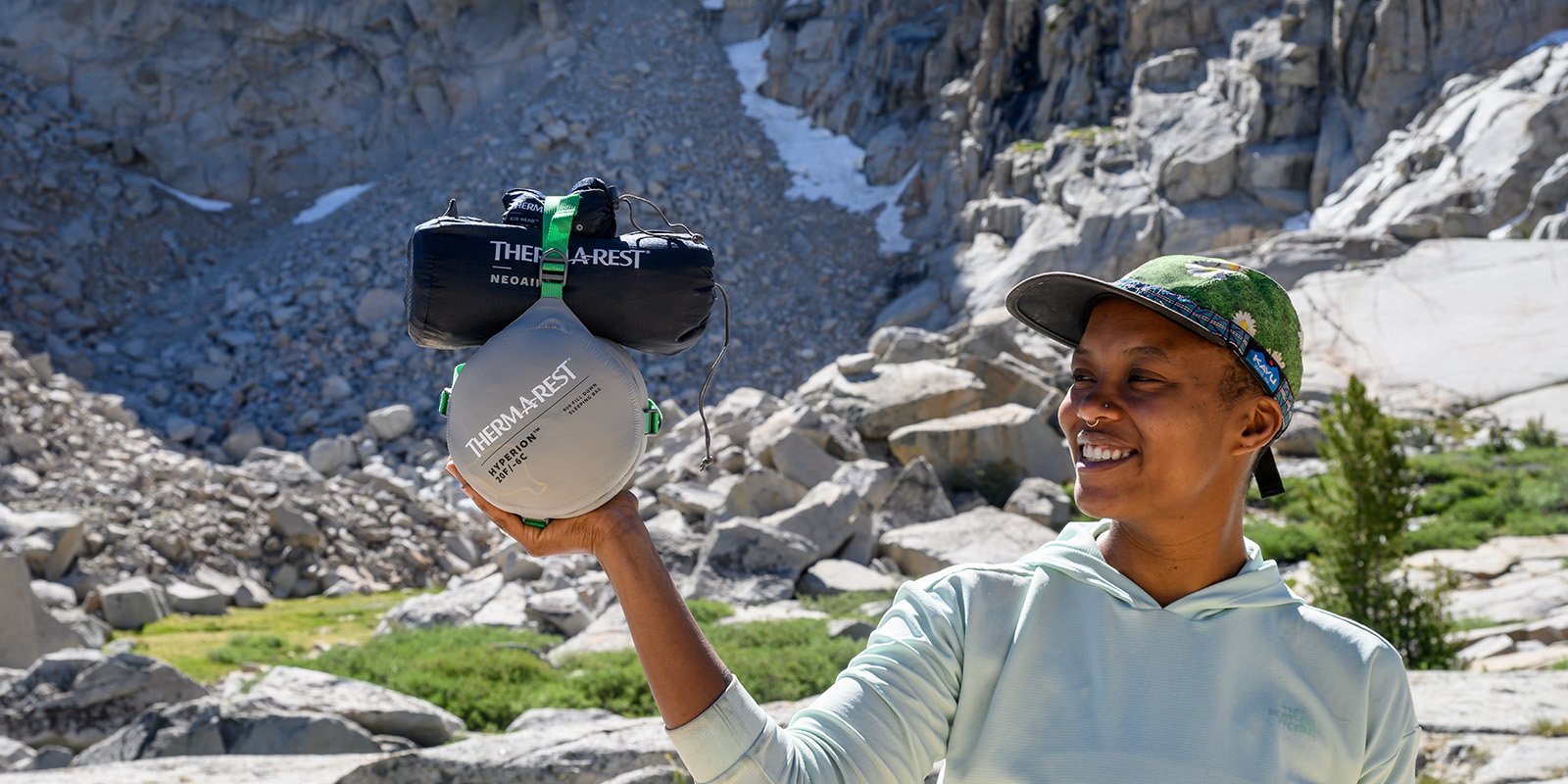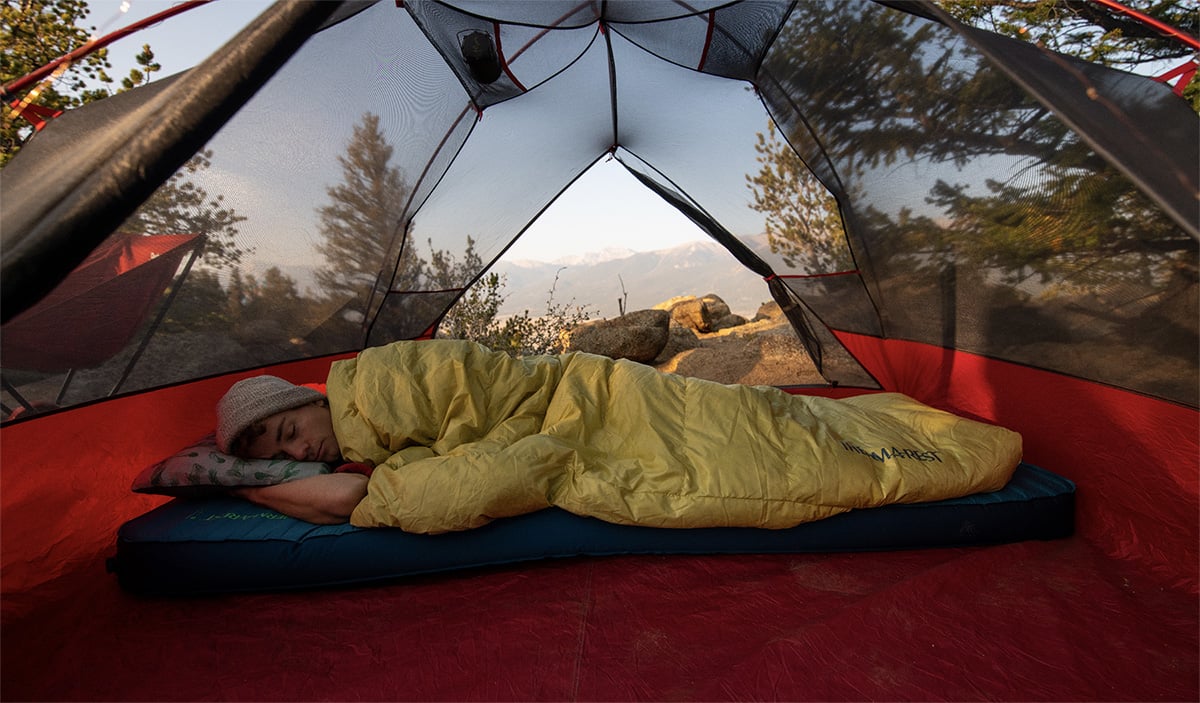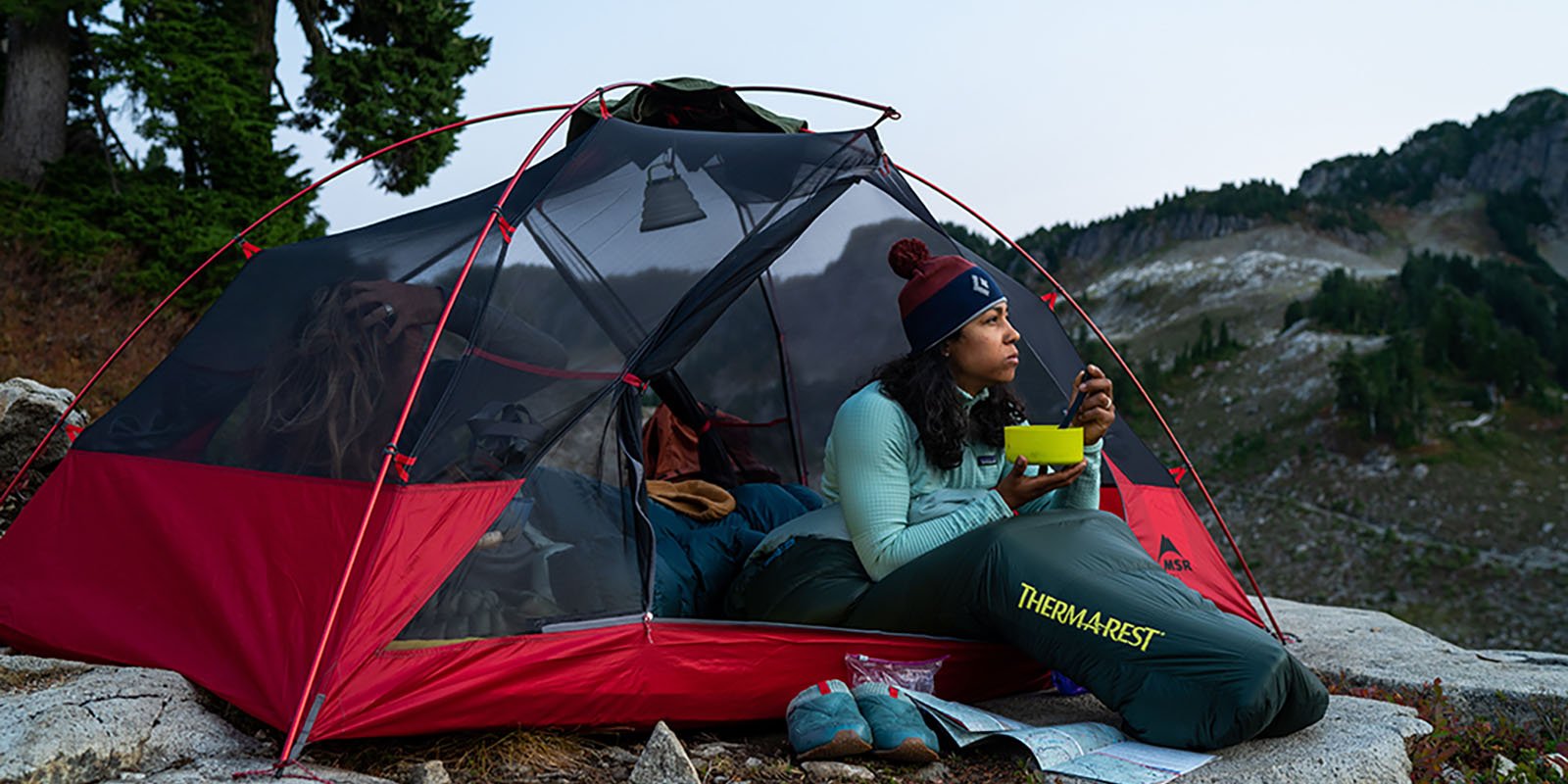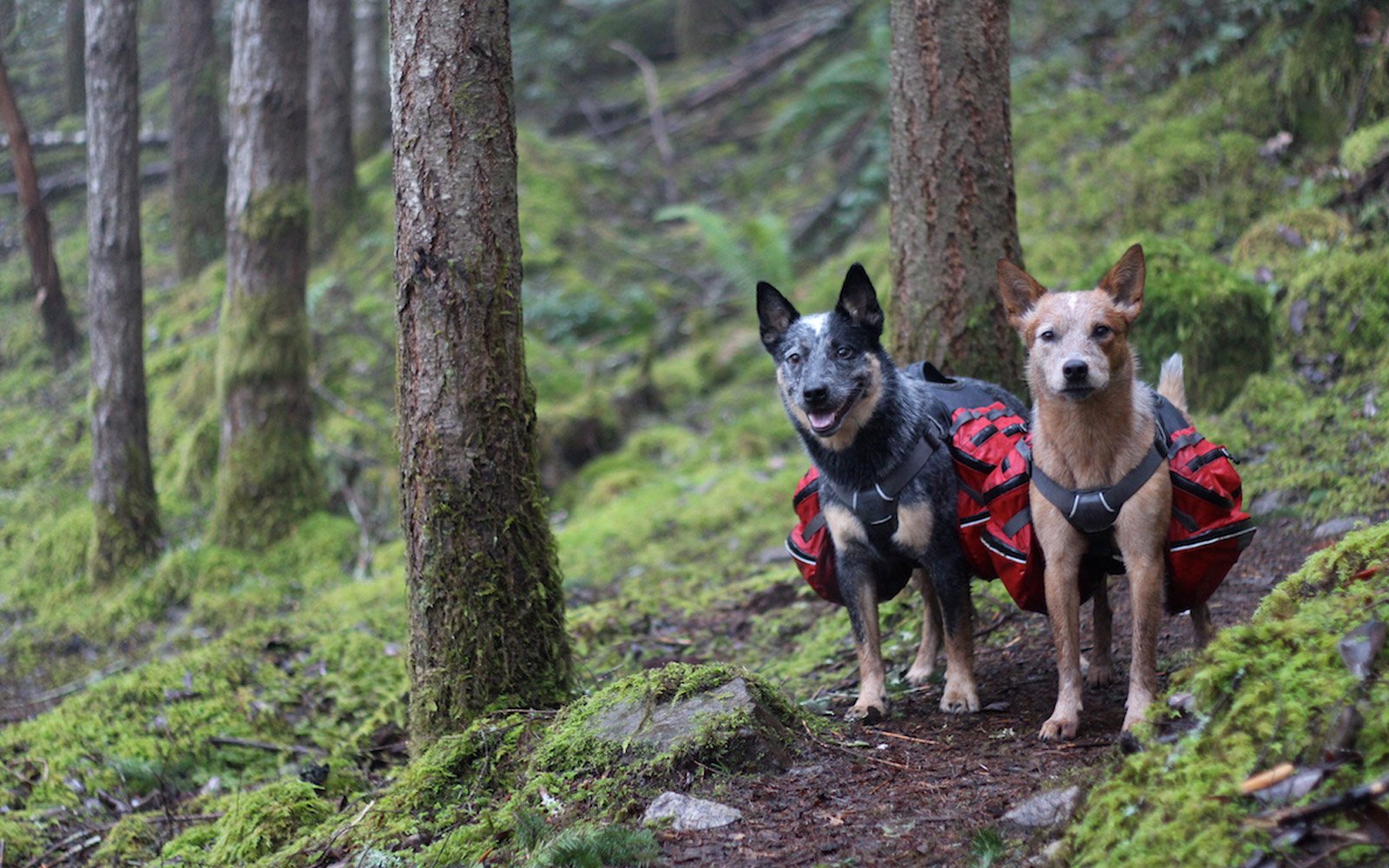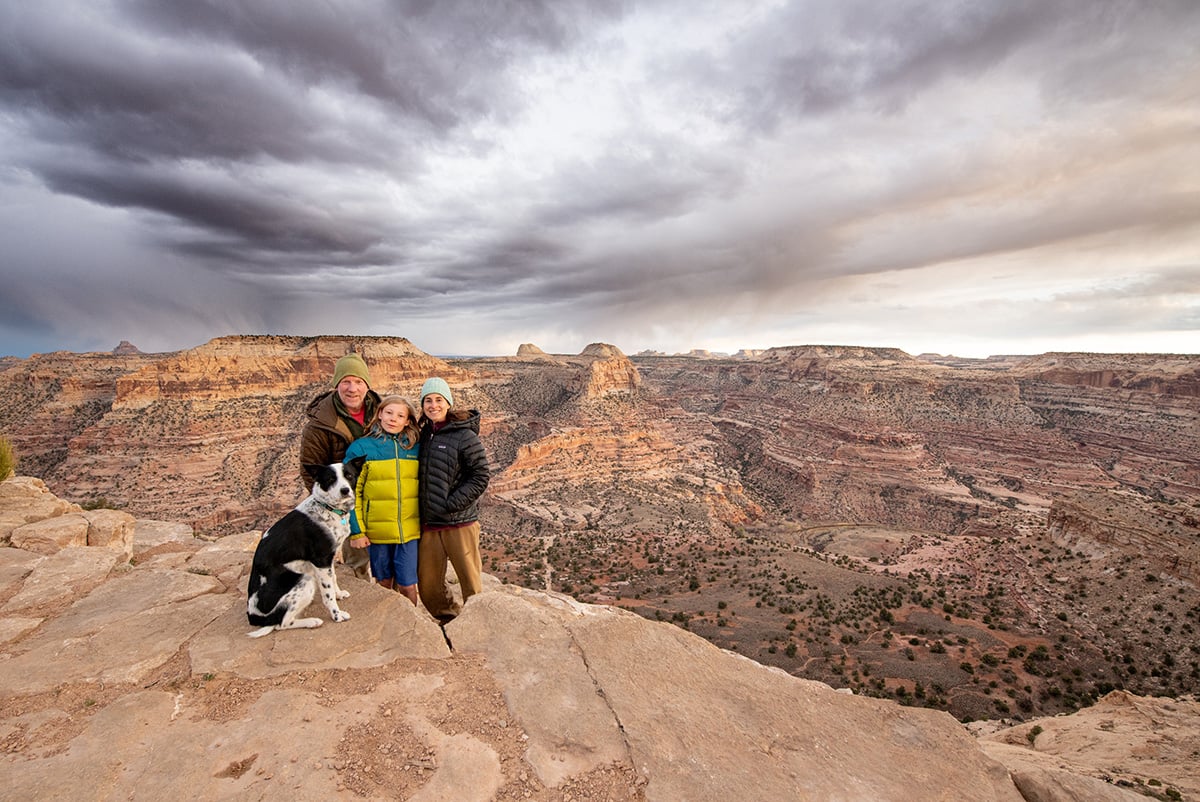It has taken several years and over 8,000 miles to lighten my base weight. Now, walking the length of the Andes, I carry rocks in my backpack.
As a Ranger at Philmont Scout Ranch, it was not unusual for my pack to weigh between 50 and 60 lbs for a three day stretch. When I went to study in the UK, I hiked the Pembrokeshire Coast Path, West Highland Way, and several other mid-distance trails with my ridiculously heavy pack. I marveled in jealousy at the light day packs most European walkers carried. Finally, on the Pacific Crest Trail, I found a middle ground. However, this middle ground now includes carrying several rocks in my pack.
Thru-hiking is an opportunity to realize what really matters, both personally and in terms of kit. I began hiking with a lot of trepidation, an 8 lb Jansport backpack with zipper teeth as large as corn kernels, and a tupperware and spoon I’d pilfered from my mom’s kitchen. I was none too bothered when, weighing my pack at the trail angels in San Diego, it came in at 55 lbs. By the end of the trail I had traded doubt for adaptability, upgraded my pack and cook kit, and weighed in at 35 lbs for a week stretch.
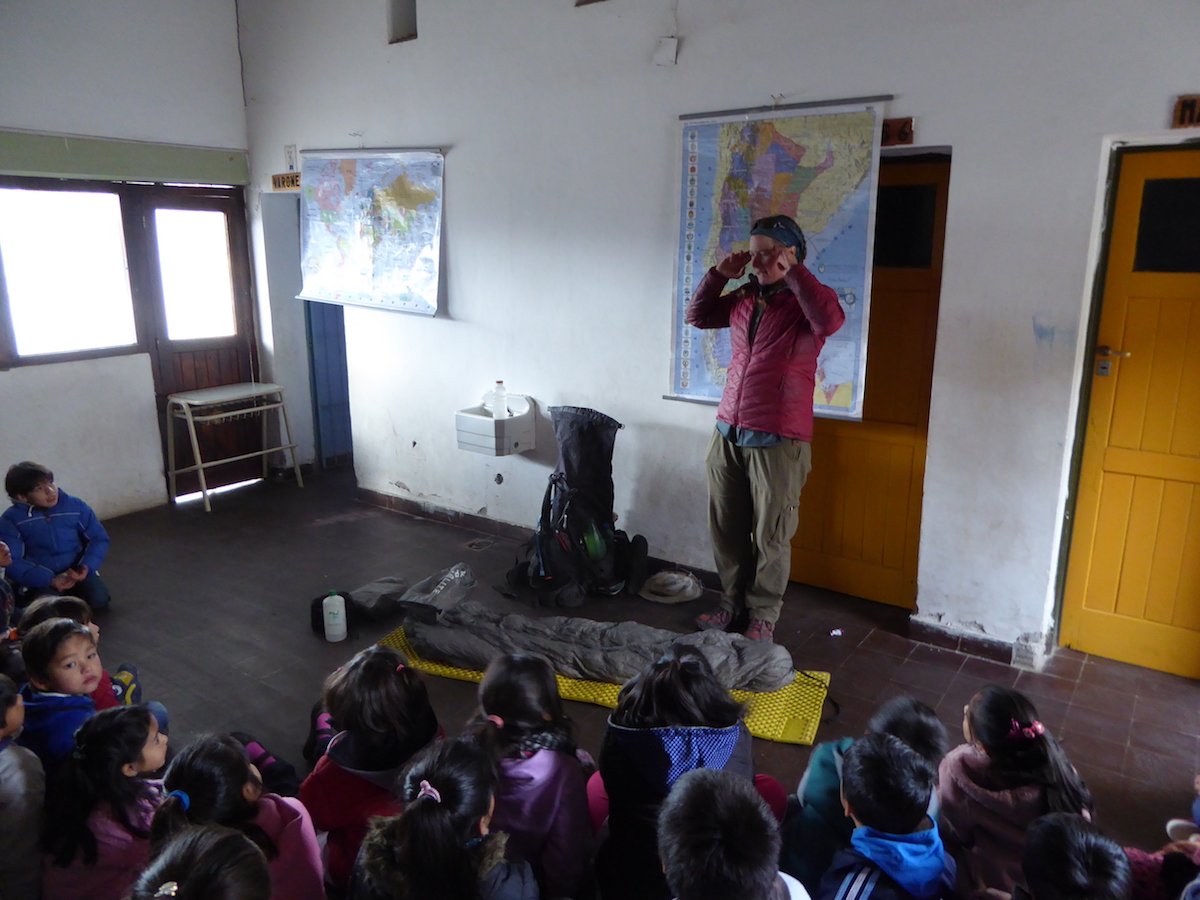
Pack weight is an obsession for long distance backpackers, many of whom are moving into ultralight (baseweight under 10 lbs). I am a light backpacker (baseweight under 20 lbs), where I have found a balance of packing the essentials and bringing along something that helps boost my mood on the miserable days.
A basic philosophy in the thru-hiking community is the adage, “hike your own hike.” Essentially saying, no one else can or should define your adventure. You can read up on all the advice you like but some decisions you will have to make according to your own style and the type of trail. Four gray areas I encounter when deciding what to take or leave on a backpacking trip are: first aid, water, entertainment, and spirit.
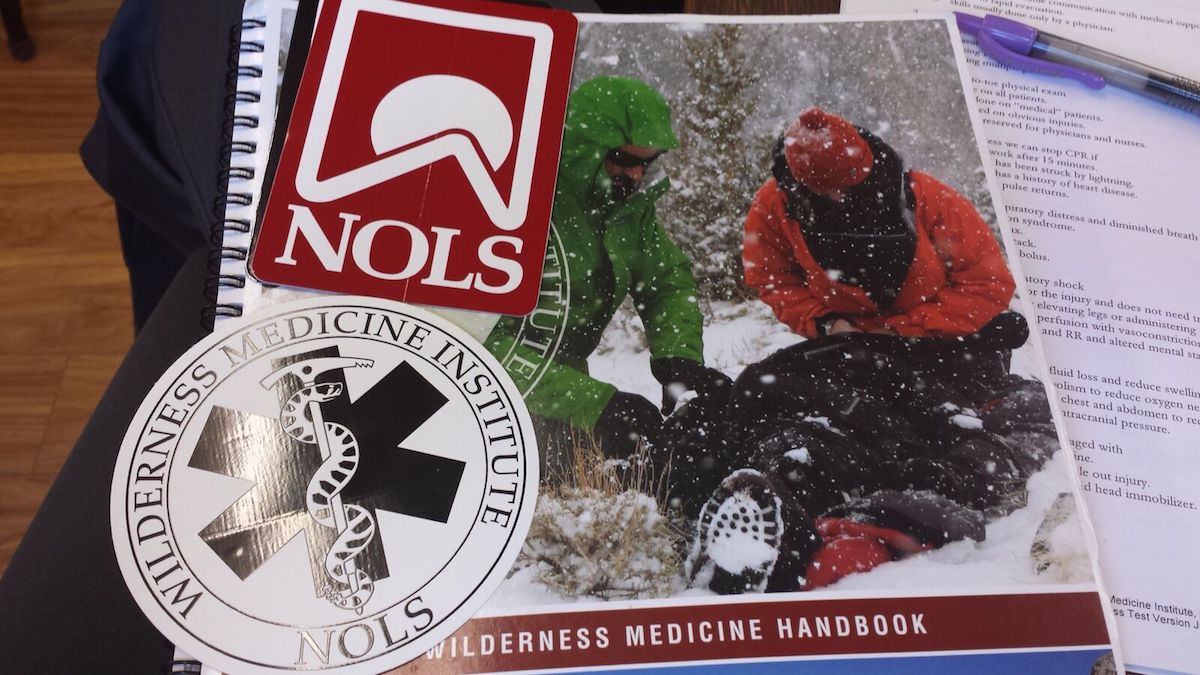
First Aid
There is a wide spectrum of options from full-service, packaged first aid kits to a baggie of ibuprofen and some tape. Going too big can be cumbersome and lead to improper medical treatment if you aren’t familiar with the purpose of each of the pieces you opt to carry; on the other hand, going too light could mean being unprepared in an emergency.
The first deciding factor in what First Aid items to bring is what you know how to use. It’s not necessarily what you have that determines your fate, it is whether you know how to apply it. Taking Wilderness First Aid and the Wilderness First Response with NOLS were important steps in my growth and that knowledge weighs nothing. In fact, I learned ways to maximize on things I was already carrying. For example, using a bandanna instead of carrying a sling or utilizing a sleeping pad as a splint. Knowing how to use what you are carrying should inform what kind of emergency kit you carry.
On one of my first backpacking trips, as a teenager, I had a full pre-packaged first aid kit. By the first evening I was hobbling because of blisters. Once we had set up camp and I dug the kit out from the bottom of my pack (another rookie mistake). I was immediately overwhelmed by the array of ointment packets which splayed across my tent floor. Since I knew what I had started the day with were called “hot spots” I figured “Icy Hot” was the tool for the job. It was not.
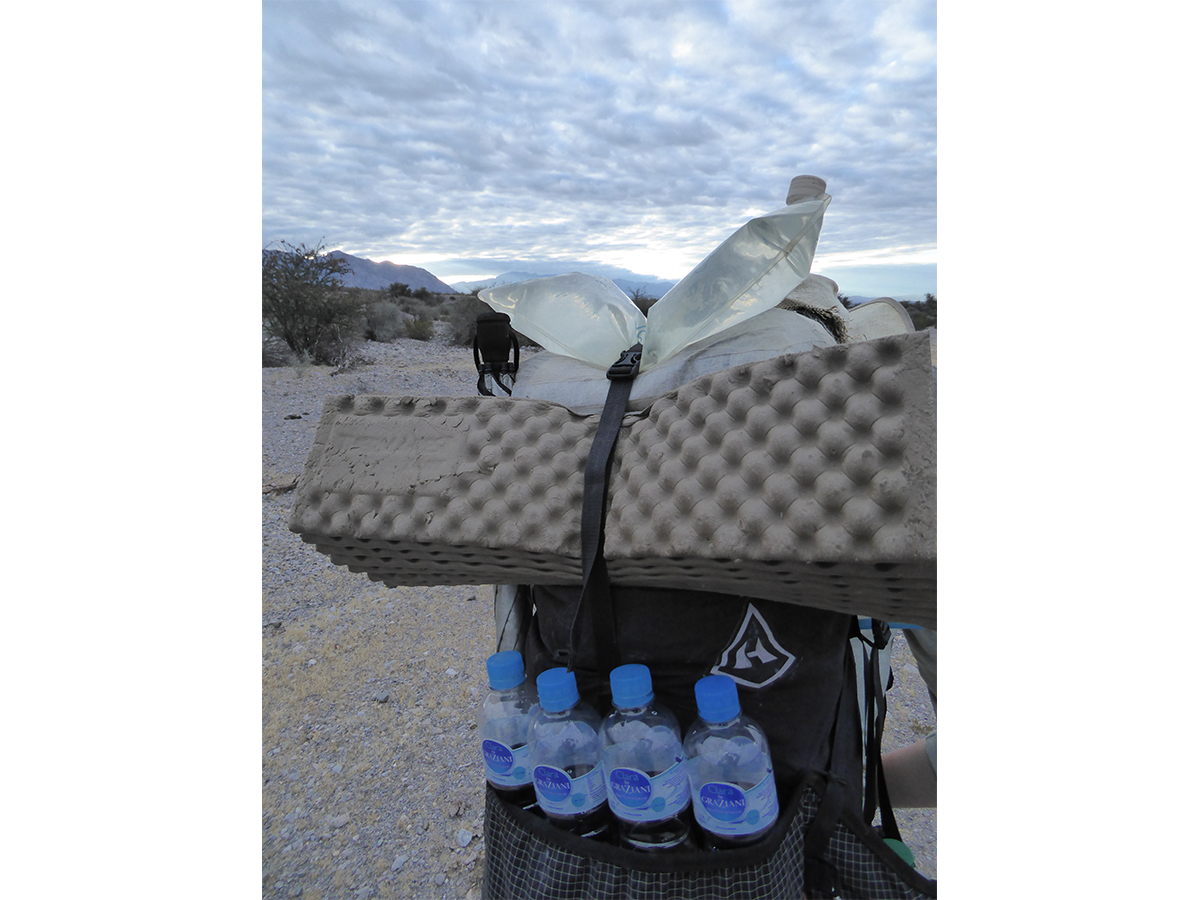
Water
By volume, water is likely the heaviest thing in your pack, so how much should you carry? The rule of thumb is consume about one liter every two hours. Under extreme circumstances dehydration can set in within a matter of hours. Gathering knowledge ahead of time, such as: knowing how much you usually drink, climate, temperature, elevation, exposure, and availability along your route, will inform your decision on how much to carry at a stretch.
Hiking along the PCT in the Sierra Nevadas in spring, or through Patagonia in the summer, I carry about 1- 2 liters; whereas on a New Mexico stretch of the CDT or the altiplanos of Argentina I carry 3-5 liters, depending on the distance between reliable sources. Since drinkable water can quickly mean trouble, I generally carry ½ liter more than I think I’ll need.
Last week the route we were taking across the Bolivian altiplanos ran alongside a river bed. The river proved to be mostly dry. By mid-afternoon, both I and my hiking partner were out of water. We were 10 miles from the next town, so we knew we would make it. I popped one of my small rocks into my mouth because if you still have enough saliva, having something to suck on keeps your mouth moist and lessens the sensation of thirst, though it is not actually a resolution to dehydration.
Entertainment
Whether you get rained into your tent on a weekend hike or are trying to keep your brain engaged and sane on a thru-hike, it is important to bring something which feeds your passion. If you are carrying so many things that you never get to them all, you are hefting unnecessary weight. One helpful rule is, if you don’t use it every day (excluding emergency equipment), you don’t need it.
Be it reading, photography, music, writing, sketching, whatever nurtures you, allow yourself at least one luxury item. In my uncertainty beginning distance hiking and based on what I had read about the early explorers, the only luxury item I allowed myself was a photograph of my family. One member of my trail family carried Pass the Pigs. At first it seemed completely irrational, until the first time a group of us sat around laughing and playing.
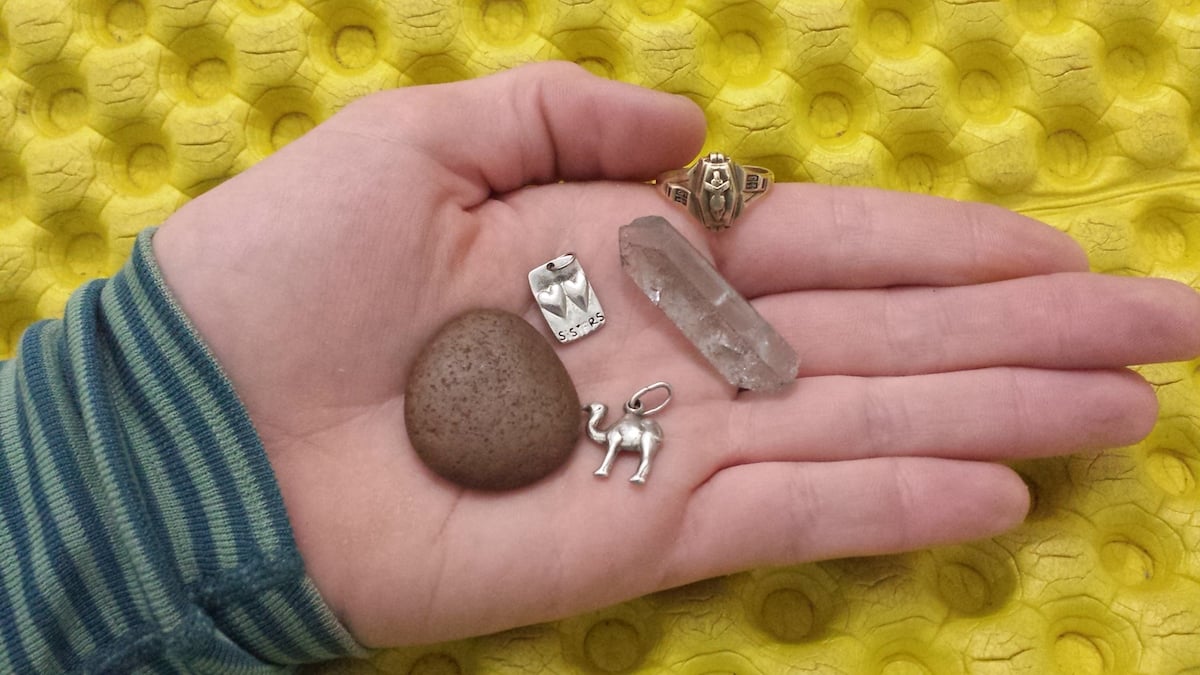
Spirit
An essential in the outdoors is your spirits, the attitude with which you approach the experience. Keeping your wits about you is key in all wilderness scenarios, whether emergency response or enjoying the hike. Meeting basic needs such as food, water, and self care help keep spirits up for the long run. Unfortunately, in challenging environments or emergency scenarios, you may have to figure out how to manage without.
While hiking alone through a week of rain in the Goat Rocks Wilderness in Washington, I couldn’t have felt lower. Slogging up a long climb, soaked to the bone, all I could think about was how terrible everything was. Realizing I was focusing only on the negative, I forced myself to switch my focus and narrative.
First I noticed one tiny purple flower, then another. Slowly I came to see there were thousands of them covering the mountainside. Marveling at this as I crested the pass, I walked into a herd of mountain goats. I stepped back to a respectful distance and the billygoat, seeming to acknowledge that I had learned my lesson, ambled his herd away, into the sunset which broke through the clouds just at that moment. Just like that, one of the darkest moments of that hike became one of the most euphoric.

Knowing how to use what’s in your first aid kit, how much water you are going to need, what makes you happy, and how to manage your own thoughts are just as important as the weight of your backpack. For many, a lighter pack means faster miles and a happier back and feet, so it is a matter of finding your own balance. You are only going to figure out that balance by getting out there, maybe with the wrong first aid kit, maybe running out of water, getting brain mush, and feeling low. Certainly those are not ideal situations, that is also what makes them such effective teachers.
Don’t worry about having the perfect kit and every piece of gear honed in before you head out for the weekend. Just pack a bag and get out there. I would, however, recommend bringing along at least one thing which makes you irrationally happy. It just so happens these stones in my hand at this exact moment mean the world to me and every time I touch or look at them, they bring a smile to my face and that makes it worth the extra three ounces.
